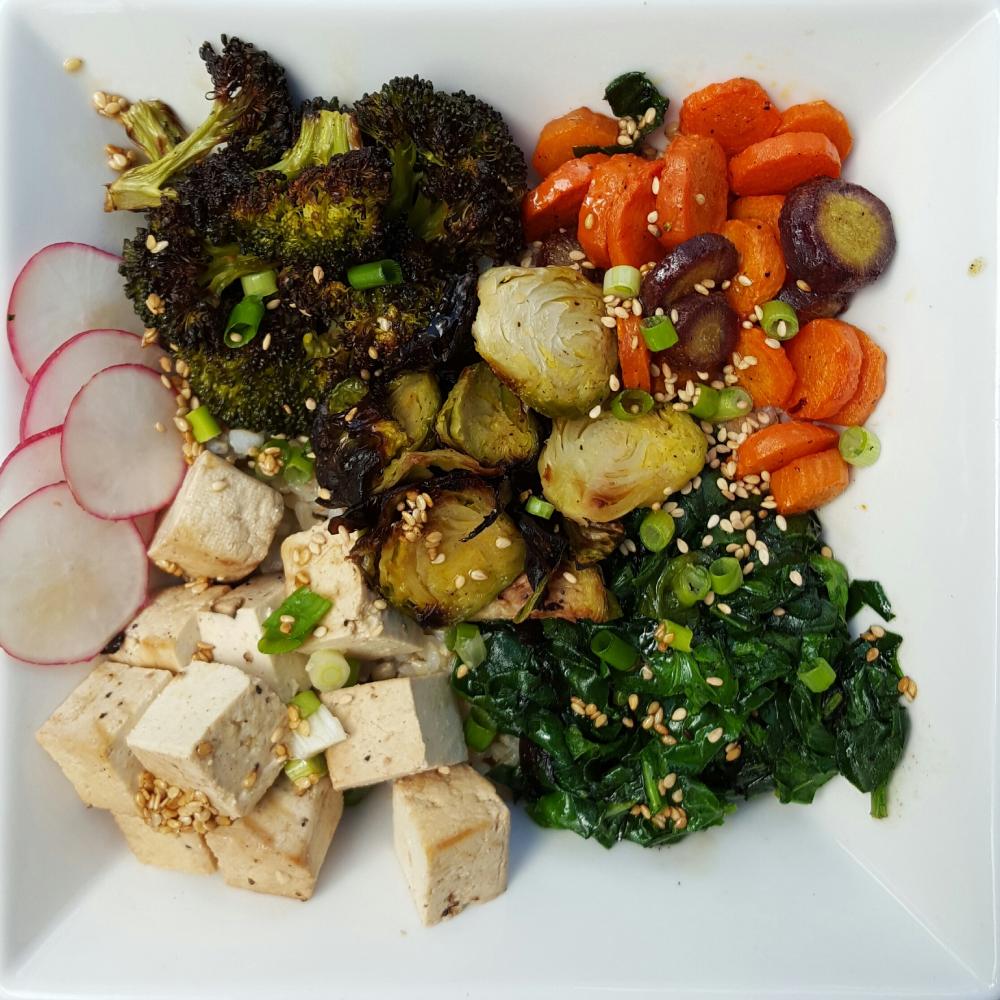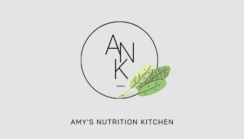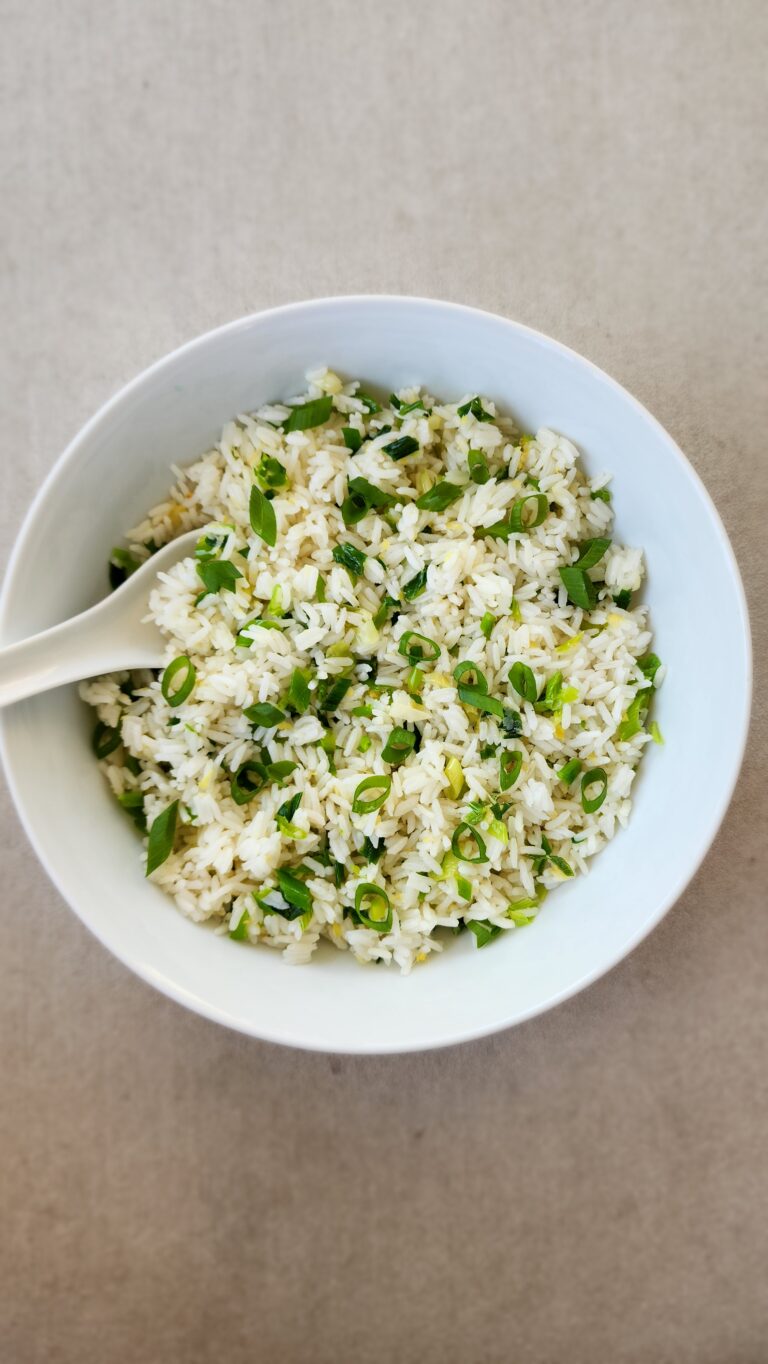Just the other day I was asked by someone what I would call myself based on my food preferences, i.e. vegetarian, pescatarian, flexitarian, etc. It took me off guard and actually kind of surprised me. Something as simple a question as to what I eat had thrown me for a loop. Why? Because I don’t typically use a label to define myself. I just eat what I feel like eating. If I did use a label it gets a little confusing in all honesty. And because people use the terms incorrectly that only adds to the confusion, so let me explain.
I started off being a lacto-ovo vegetarian back in 2005, meaning I would eat animal products like dairy and eggs, but no meat like chicken, red meat, or turkey. Seems like a lifetime ago but it’s almost been 15 years now! When I started training for the Miami marathon back in 2016 I started off eating the same way that I always had, lacto-ovo vegetarian, but I did start to include some seafood here and there, kind of like an experiment.. It just made it easier overall for me to obtain the protein I needed and stay full at meals (not saying you can’t get enough protein by being a vegetarian and training for a marathon, I just found it was just easier for me. That is all). So at that point I was technically a pescatarian, including seafood along with eating lacto-ovo vegetarian predominantly, so then I wasn’t really a vegetarian if we’re going by the definitions since I was eating seafood. Are you already confused?? Why do we need labels again anyways??

After the marathon I definitely decreased the frequency of seafood in my diet, but occasionally while eating out found myself ordering seafood because many restaurants idea of a “vegetarian” meal was literally vegetables and a starch. Just so you know that is vegetarian but NOT a complete meal. I will say that in the last couple of years there have been better options available and many emerging restaurants in the area, but unfortunately there is still a deficit (in my opinion) when it comes to understanding how to make a balanced meal vegetarian style. Maybe some of the restaurants could use my dietitian expertise.
Which leads me to present day, I mainly eat lacto-ovo vegetarian, but there are times when I will still have a piece of salmon, shrimp, and/or fish. The truth is it has always been a texture issue with me. So the truth is it really depends on how the seafood is prepared if I will eat it or not. I’m always a little hesitant truth be told. Right now I have some fish in the freezer that I’m supposed to use up for some fish tacos and they’re just not calling my name. My collage below is a great depiction of the variety of food that I eat. The common theme and what the rest of the blog will be about is what is plant-based eating and how can you eat more plants?

I truly believe that there is a lot of confusion about what the term plant-based eating really means. It’s not a new term, but I do believe that for whatever reason people are still using the term to associate with people that are vegan. And it doesn’t mean vegan by any stretch of the imagination. Simply put, it means eat more plants.
The irony is that there really isn’t a formal definition for the term plant-based eating. It’s an umbrella term, meaning it encompasses not only someone that is vegan, but also someone that is pescatarian – why? Because the emphasis is on plants. And as obvious as this may sound, like a “duh” moment, you don’t have to be vegan to be eating plant-based. The key is to eat more plants and less animal protein (but you still can eat animal protein).

This shrimp dish is still plant-based – yes, there is animal protein from the shrimp, but there is arugula that has been added in along with an arugula based pesto sauce on the pasta and a salad not pictured. The shrimp is in an appropriate portion size – even though it might appear not to be, those are large Florida shrimp that were almost an ounce/shrimp – so we have ~3 ounces of animal protein there which is sufficient. Remember we overeat protein in general and the call to action with plant-based eating is to decrease the animal protein and eat more PLANTS!
Plant-based eating has also been referred to as plant-forward eating patterns, but again the main goal/focus is to eat foods primarily from plants. This includes not only fruits and vegetables, but also nuts, seeds, oils, whole grains, legumes, and beans. It doesn’t mean that you are vegetarian or vegan and never eat meat or dairy. Rather, you are proportionately choosing more of your foods from plant sources.

These egg tacos are plant-based eating at its finest – how many times do people eat eggs with cheese and bacon and potatoes and call it a day? Yes the potatoes count as a starchy vegetable, but it was also protein on protein on protein (and lots of saturated fat at that!) Throwing spinach and tomatoes in with the taco not only added some flavor to the meal but also fiber which is beneficial in helping to fill people up. The fruit on the side was just bonus for more plants at the meal.
You may hear people talking about the Mediterranean diet as it was just ranked as the #1 diet by U.S. News & World Report. The Mediterranean diet has a foundation of plant-based foods; it also includes fish, poultry, eggs, cheese, and yogurt a few times a week, with meats and sweets less often. It is an eating pattern and not a diet per se, it is the notion that the majority of your plate is filled with plants and the animal protein is portioned to be a proper and not excessive amount. Plant-based eating, this awareness/focus that has recently been made on plants is a call to action of sorts to cut back on the amount of animal protein that people are eating for not only health reasons but also environmental reasons.

The Mediterranean diet has been shown in both large population studies and randomized clinical trials to reduce the risk of heart disease, metabolic syndrome, diabetes, certain cancers (specifically colon, breast, and prostate cancer), depression, and in older adults, a decreased risk of frailty, along with better mental and physical function.
Vegetarian diets have also been shown to support health, including a lower risk of developing coronary heart disease, high blood pressure, diabetes, and increased longevity. And just to clarify, vegetarian diets come in lots of shapes and sizes, so here’s their formal definition (if you’re in to labels):
- Semi-vegetarian or flexitarian includes eggs, dairy foods, and occasionally meat, poultry, fish, and seafood (they’re flexible and eat what they want when they want).
- Pescetarian includes eggs, dairy foods, fish, and seafood, but no meat or poultry – that’s me!
- Vegetarian (sometimes referred to as lacto-ovo vegetarian) includes eggs and dairy foods, but no meat, poultry, fish, or seafood.
- Vegan includes no animal foods.
So those are the “formal” definitions of the many vegetarian diets, that are all plant-based I might add. So you might be wondering, how do I get started in eating more plants and start eating this “plant-forward” way ? Here are a few tips to help you get started in aka eating more plants:
- Eat lots of vegetables. Sounds silly but the truth is our average American diets are not including enough vegetables. This is the notice to include more! Fill half your plate with non-starchy vegetables at lunch and dinner. Make sure you include plenty of colors in choosing your vegetables. Enjoy vegetables as a snack with hummus, salsa, or guacamole.
- Change the way you think about meat. Have smaller amounts. Use it as a garnish instead of a centerpiece. It’s your side-dish not your main dish.
- Choose healthy fats. Fats in olive oil, olives, nuts and nut butters, seeds, and avocados are particularly healthy choices.
- Cook a vegetarian meal at least one night a week. Build these meals around beans, whole grains, and vegetables. This is a start – so you’re not omitting meat all the time but cutting back here and there – or again, simply watch the portion size of your animal protein.
- Include whole grains for breakfast. Start with oatmeal, quinoa, whole wheat flour, and or barley. Then add some nuts or seeds along with fresh fruit.
- Go for greens. Try a variety of green leafy vegetables such as kale, collards, Swiss chard, spinach, and other greens each day. Steam, grill, braise, or stir-fry to preserve their flavor and nutrients.
- Build a meal around a salad. Fill a bowl with salad greens such as romaine, spinach, Bibb, or red leafy greens. Add an assortment of other vegetables along with fresh herbs, beans, peas, or tofu.
- Eat fruit for dessert. A ripe, juicy peach, a refreshing slice of watermelon, or a crisp apple will satisfy your craving for a sweet bite after a meal.
The key message I always try and teach with nutrition is variety, balance, and moderation. As cliché as it sounds, it’s the truth. But also keep in mind to eat what you like. You do YOU. Meaning you can eat healthy and balanced and eat meat. You can eat healthy and balanced if you’re vegan. The key is to know how to go about it smartly and make sure you’re getting all the nutrients that you need. This call to action and the surge of popularity of “plant-based eating” is simply to draw attention that we need to eat more plants. Period.
Look at your plate the next time you go out to eat and you’ll see what I mean. It’s not the norm and it needs to be. Being mindful and intending to include more plants is what I hope you take away from today’s blog. Forget all the technical definitions of how/what people are eating – I really think I’m more lacto-ovo vegetarian than I am pescatarian – but at the end of the day, I’m eating LOTS of plants and that’s the ultimate goal. I eat food. No labels needed.

I’m going to go make those fish tacos now because I hate wasting food. There will be a cabbage slaw on top with some avocado and pickled onions for extra toppings. You know, lots of plants with my protein. Buen provecho.





